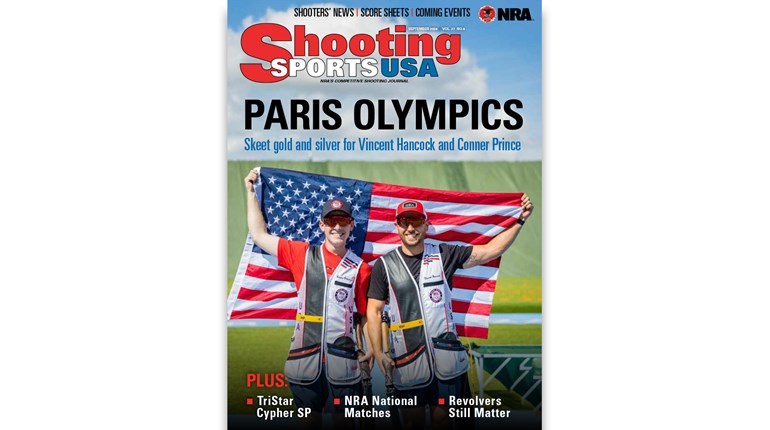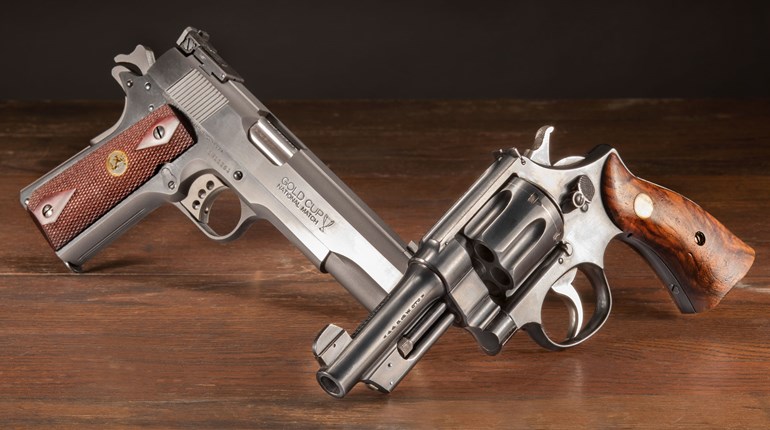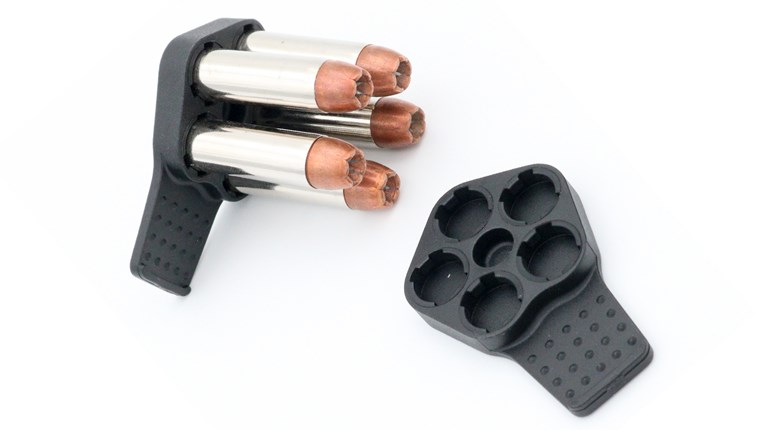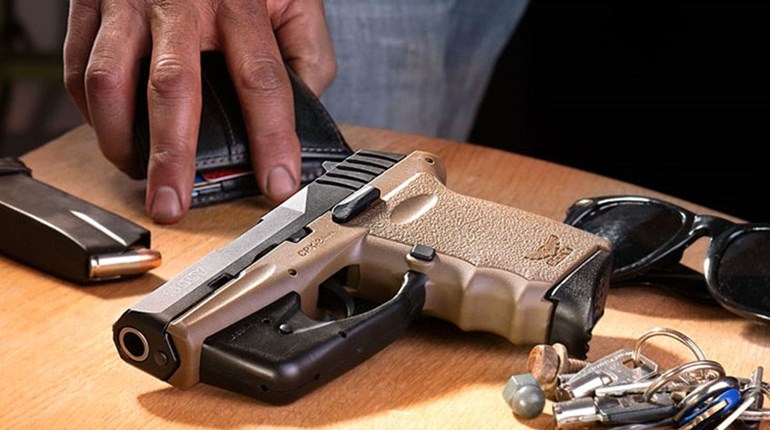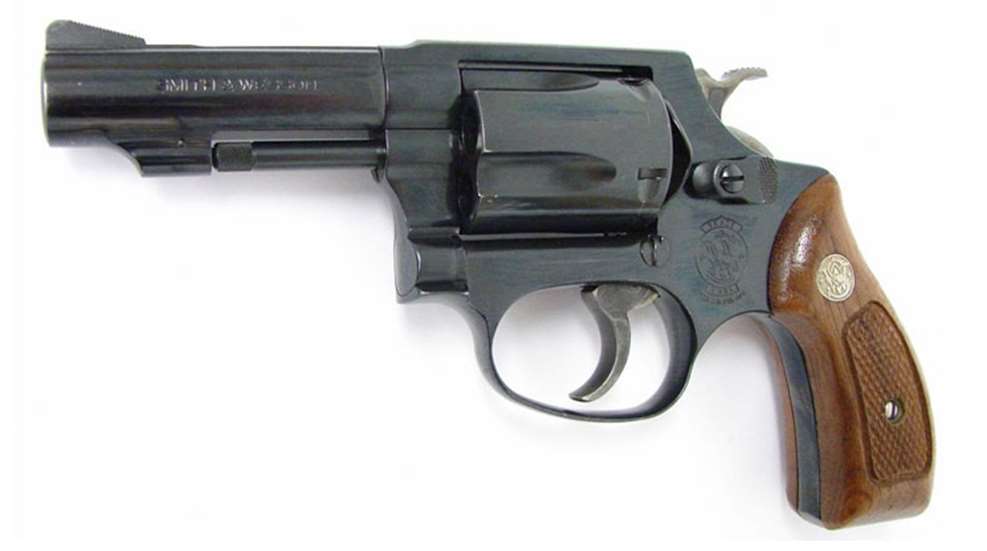
It never ceases to amaze me how some shooting-related trends seem to be eternal. For example, we all know someone who introduced either a friend or loved one to shooting, only to be instrumental in urging them to select a small pocket pistol, such as a snub-nose revolver for home defense or as their primary concealed-carry firearm.
Granted, at first glance the recommendation seems logical. After all, boasting a size and weight convenient for concealed carry, there's little wonder why snub-nose revolvers continue to enamor the hearts of concealed-carry licensees since the first commercial wheelgun with a truncated barrel rolled off the Colt assembly line in the 1930s as The Detective Special. However, the same features that make it ideal for carry also make it one of the more difficult pistols with which to become proficient, which is a prime example of why you should endeavor to shoot a pistol prior to purchase. While the shortened barrel offers seemingly beneficial features of enhanced concealment, in reality, the snub-nose is a highly specialized pistol best suited for only the most-dedicated shooter, because those features are extremely difficult to quickly implement during a life-threatening encounter.
As an entry-level shooter and firearm enthusiast, my fiancee also shares a natural curiosity for small, lightweight pistols. Fortunately, her tastes gravitate more toward revolvers rather than trendy, truncated semi-automatics. Nonetheless, it creates an interesting challenge: To identify the snubby's inherant weaknesses, and determine if it's possible to make one that is better equipped for first-time or new shooters.
The Problem: Actually, there's more than one. Its abbreviated barrel and grip may provide maximum discretion and offer enhanced concealment, but minimal surface area provides insufficient purchase for gripping the pistol under stress. Although the same benefit could be applied to its short barrel, in reality the tiny tube offers little in the way of rifling and sight radius, which greatly affects aiming and overall ballistic performance. As a result, snub-nose revolvers typically don't possess the same accuracy potential as pistols with longer barrels, and owners need to compensate for the short sight radius through constant practice and training in order to learn not only the amount of holdover required to hit a target at a variety of distances, but also to develop sufficient muscle memory to do so rapidly under stress. Therefore, the first step to lessen the aforementioned learning curve is to find a small revolver, preferably a Smith & Wesson J-Frame, with a barrel longer than 2 inches. While there aren't a lot of new offerings available, there is an abundance of older 3-inch J-frames on the used-gun market. It all starts with a 3-inch barrel.












